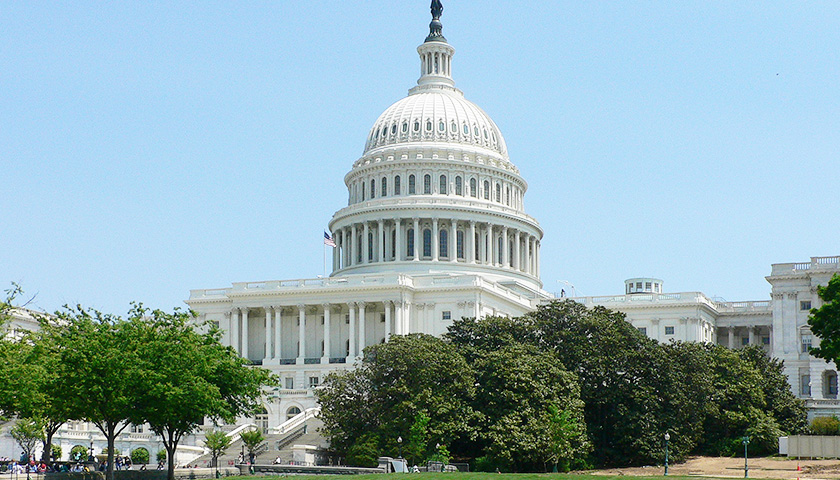by Robert Romano
There are just a few more results coming in from the 2022 Congressional midterms, and with just one more race to call — Republican John Duarte is narrowly leading Democrat Adam Gray by just 593 votes in California’s 13th Congressional District — House Republicans will take the gavel in the U.S. House of Representatives in January with either a 222 to 213 seat majority (nine seats) or a 221 to 214 seat majority (seven seats).
With only another nine or ten seats — the GOP started the election with 212 seats — this is an historically low haul for the GOP. Of the 30 midterm elections that have taken place since 1906, only seven have had worse showings for the opposition party: 1926 (only gained eight seats), 1934 (lost nine seats), 1962 (only gained four seats), 1986 (only gained five seats), 1990 (only gained eight seats), 1998 (lost four seats) and 2002 (lost eight seats).
They also pale in comparison to 1994, when the GOP netted 54 seats, and 2010, when they picked up 61 seats. Although, interestingly, 2014 actually gave the GOP its largest majority in modern history, 247 seats to 188 seats, even though Republicans only picked up 13 seats that year. In 1994, the GOP won 230 seats and in 2010 won 242 seats.
2022 though is about as good as 2000 for the GOP, where despite barely winning the White House, Republicans lost two seats in the House and only wound up with a 221 to 214 seat majority.
Otherwise, because it was a midterm election, the GOP had about a 90 percent chance of picking up seats, which they did. But usually, gains by the opposition party either came above or below the average of about 31 seats prior to 2022. Now with just nine or ten seats, it will once again be a below-average midterm, as the average take falls to a 30-seat gain per midterm election.
A lot can have to do with the party’s starting point. Many of the seats the GOP might have otherwise picked up in 2022 were already recovered in 2020 as former President Donald Trump’s strong enough reelection bid netted the GOP 14 seats, nearly recapturing the House. That had followed the 2018 Blue Wave that saw Democrats pick up 41 seats.
The fact is, campaigns matter a lot to the outcome. With high inflation and an imminent recession looming, Republicans were able to secure the popular vote in the House of Representatives elections, 54.2 million to 51 million.
But with Roe v. Wade overturned by the Supreme Court, younger voters increased turnout, with 27 percent of 18-29-year-olds voting in 2022, similar to 2018’s 31 percent of that demographic who voted, according to research by Center for Information and Research on Civic Learning and Engagement at Tufts University.
Overall turnout in 2022 at 48 percent looked a lot more like 2018’s 50.3 percent than 2010 or 2014, the latter of which had 40.9 percent and 36.7 percent, according to an AP/Election Project analysis by the Washington Post. 2010 and 2014 tended to have lower percentage turnout than 2018.
Since the 1990s, turnout for 18-29-year-olds was around 20 percent. In 2022, with boosted turnout, Democrats led 18-29-year-olds by 27 points, 63 percent to 35 percent. That saved Democrats from what would have almost certainly been an historic wipeout this year.
It’s a cycle, of course, and one that occasionally disappoints. But periodic elections every two years in the House was the best solution the Framers, and in particular James Madison, could come up with to the excesses brought about by political factions. Being the closest to the people, it is up to the House of Representatives to listen to their constituents.
In the case of 2022, with Republicans narrowly capturing a House majority and Democrats barely retaining control of the U.S. Senate, the verdict was that the American people prefer mixed government, with neither President Joe Biden nor incoming House Republican Speaker Kevin McCarthy being able to claim any explicit, partisan mandate to govern. That usually means gridlock.
Stay tuned!
– – –
Robert Romano is the Vice President of Public Policy at Americans for Limited Government Foundation.
Photo “U.S. Capitol” by Raul654. CC BY-SA 3.0.




